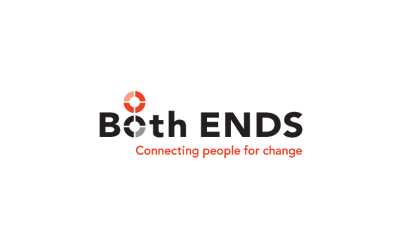
The Cauvery, a large river that runs through west and southeastern India, is home to a varied and vibrant wildlife and communities. The video documentary team of Dusty Foot Productions had initially been working on a research project on wildlife – mainly otters – of the Cauvery. While documenting the vibrant and diverse ecosystem around the river, the Dusty Foot team however realised that it could not ignore the problems that were present in the area: illegal gill netting, sand mining and the construction of mini hydels (hydroelectric power plants).The story about the Cauvery’s wildlife could therefore not be told without also focusing on the negative effects of industrial projects on the environment.

The Netherlands does not reach target for responsible soy
The Dutch Soy Coalition (consisting of eight development and environmental organisations*) finds that in 2013 only a quarter of the 2.4 million tons of soy used in the Netherlands is responsibly produced. The social or environmental impacts of the production of the other three quarters of Dutch soy imports are not at all clear or accounted for. The target set by the Netherlands is to purchase 100 percent responsible soy by 2015. This will be almost impossible to achieve at this point.

Cultura Ambiental, Causa Ecologista

The Netherlands has not reached the 100% target it set itself for the purchase of responsibly sourced soy, with only 34% of imports reaching the RTRS (Round Table on Sustainable Soy ) or an equivalent sustainability standard in 2015. The pork and poultry sectors are lagging behind with an uptake of less than 10% of responsibly sourced soy.